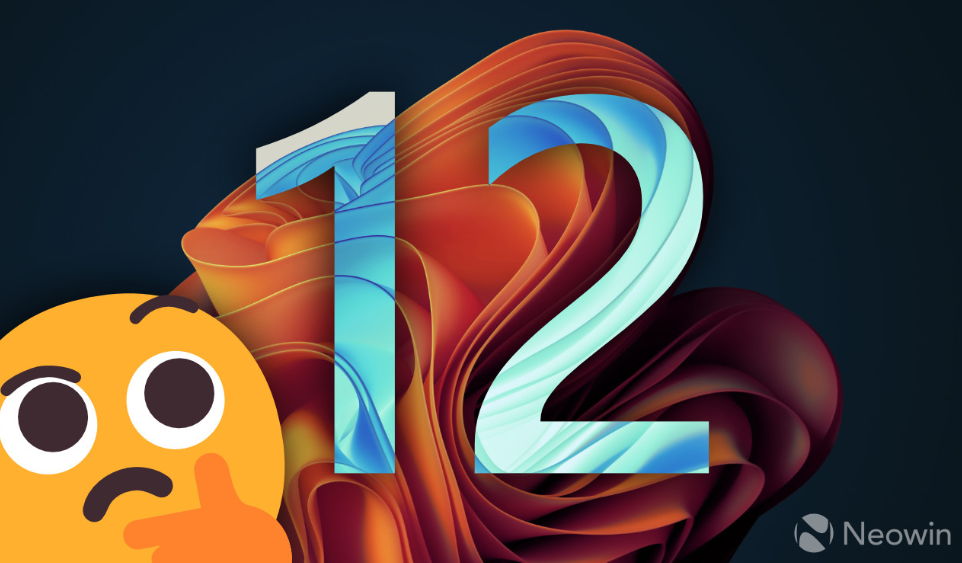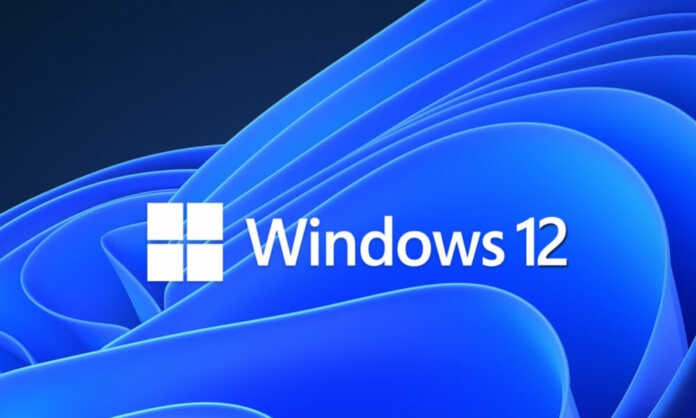Windows 12 looms on the horizon if we take for certain information from Windows Central (at the moment an unconfirmed rumor) that speaks of a major change in the development model of Windows systems.
According to the information, Microsoft is considering a new engineering schedule for Windows that would see the company return to a three-year release cycle for major versions of Windows. Or what is the same, a new Windows every three years. This cycle is not new and has already been used in Windows 7 or Vista.
At the same time, in compensation and to better keep the latest published version up-to-date, Microsoft would increase the release of new features with four annual deliveries. This engineering program is internally called “Moments” and would bring the system up to date with faster delivery of features.
This approach has its advantages. One of the main benefits is that IT administrators would only have to upgrade to major versions of Windows every three years versus once or twice a year in the current cycle. Users would also benefit as new features could be included more quickly. And a new Windows every three years would improve the overall stability and quality of software.
In practical terms, Microsoft’s new operating system, which is currently in the early planning and engineering stages and is codenamed ‘Next Valley’, could be released in 2024 as Windows 12. Before that, Windows 11 would receive the latest major update. from the ‘Sun Valley 3’ version.

Another change in Windows development? Windows 12?
When Microsoft released Windows 10 it assured that it would be «your latest operating system« in reference to the fact that others would not be necessary, since the continuous update as a ‘rolling release’, with the delivery of two major annual updates, would allow it to always be kept up to date.
The company has not been able to sustain this development model (because it was soft because some updates were disastrous in terms of stability), it made changes by removing one of the annual updates and finally it did release a new operating system, Windows 11 based on Windows 10, some of the cosmetics developed for Windows 10X, and revamping of the internal apps and tools that ship with the system.
We will see. Microsoft has been thinking about implementing a “revolution” in Windows for a decade, leaving behind a good part of legacy components, some derived from Windows 95. The problem has been (and is) support the huge Windows ecosystem in hardware and software. One day it will have to come…
Note. A Microsoft spokesperson has stated that the company “has nothing to share regarding this speculation” and refers to a Windows blog article published in February where Panos Panay last discussed the Windows update cadence.













